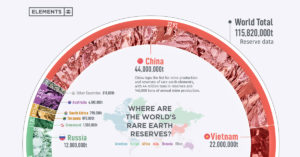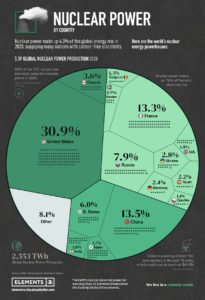by Prof. F. Vahrenholt, Jan 8, 2022 in NoTricksZone
Globally, the deviation of the global mean temperature of the satellite-based measurements from the mean of period 1991-2020 rose slightly in December to 0.21 degrees Celsius. The mean temperature increase since satellite measurements began was 0.14 degrees Celsius per decade. The year 2021 was an average year compared to 2010 to 2020, with 0.134 degrees deviation from the thirty-year average. Six years since 2010 were warmer and 5 years were colder.
This is also true for Germany. But the German weather service gives a different impression
…
How the German DWD Weather Service turned cooling into warming in 2021
In its press release on Germany’s weather in 2021, the German Weather Service writes: “The mean temperature [Germany] in 2021 was 9.1 degrees Celsius (°C), 0.9 degrees above the value of the internationally valid reference period 1961 to 1990. 2021 was thus the eleventh year in a row that was too warm.”
Why does the DWD use the internationally no longer valid 1961-1990 reference period? It writes itself elsewhere: “To record the climate and its changes, mean values are formed over a period of 30 years…With the end of the year 2020, the reference period for current climatological assessments was replaced by the 1991 to 2020 period.”
Fudging with the reference period
The DWD thus followed the World Meteorological Organization (WMO)recommendation. But in the press release, the DWD still prefers to use the old, outdated period. The 1991 to 202 0reference period differs from the one of 1961 to 1990 by 1.1 degrees. So the DWD should have written : “2021 was 9.1 degrees, 1.3 degrees cooler than 2020 and even -0.2 degrees Celsius below the average from 1991 to 2020. Since 1991 there have only been 9 years colder than 2021.”
But 0.9 degrees more and the eleventh year in a row that is too warm (compared to the colder period of 1961-1990) of course fits much better with the zeitgeist.
Read original in German at Die kalte Sonne.


